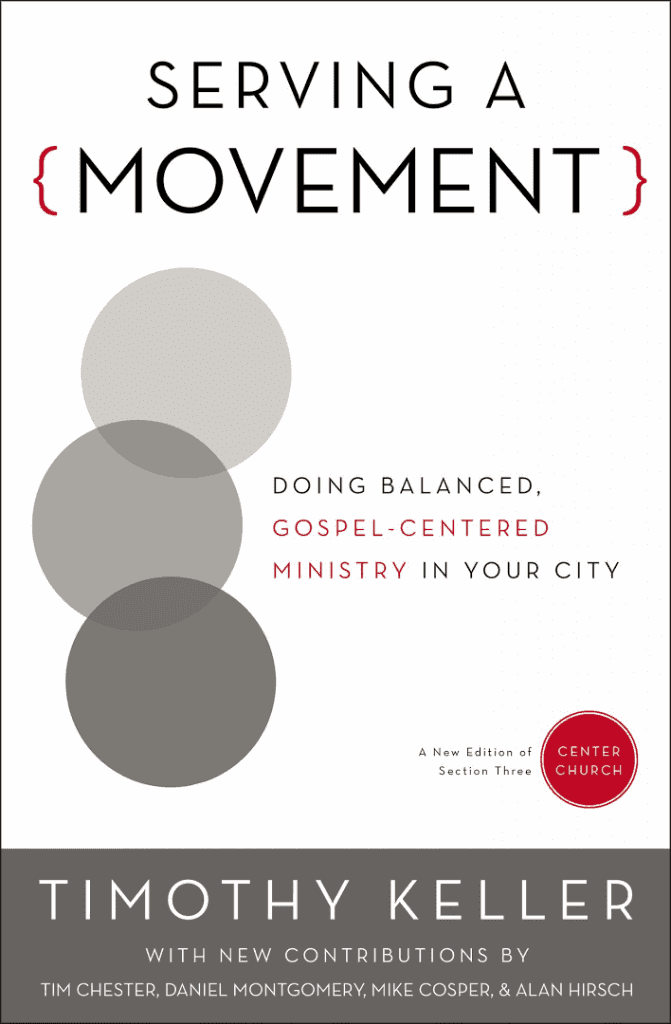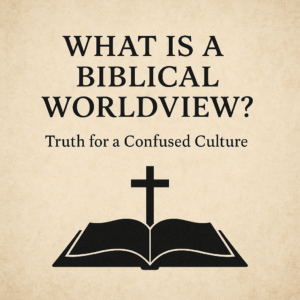⏱️ Estimated Reading Time: 3 min read
A few years ago, Tim Keller released one of the most significant works on church planting and development to hit the shelves this century. Center Church is a massive examination of what it looks like to do Gospel-centered ministry in your community. It received overwhelming praise from a majority of readers. However, if I had to guess, those who chose not to read it in spite of the reviews probably didn’t do so because of its size. The first edition of Center Church was a 400-page piece of work, emulating more of a textbook than anything.
That’s why Keller’s and Zondervan’s decision to update, revise and release Center Church’s content in three smaller, more compact volumes was a great decision. These three volumes take the overarching three concepts that make up Center Church and spend time examining each concept with more of a microscope, adding in accompanying contributions from respected authors that engage with Keller’s work and offering discussion questions for leaders and teams to work through.
The third volume, Serving A Movement, is the necessary bow that ties up any loose ends from his first two books and helps us develop a comprehensive understanding of what it means to be “missional.” You’ve probably heard the term “missional” in dozens of other books and articles, and Keller knows that his new book should work to clarify and narrow, instead of only widening the conversation.
One thing that I love that Keller does throughout the Center Church material is how he takes multiple perspectives shows where they go well and where they don’t add up. We see this exemplified in the first section, “Missional Community.” Keller’s marks of a missional church include some great concepts, such as “confronting society’s idols,” a “counterculture” church and a “porous” church (52-55). He does a good job at carving a middle way for pastors and leaders to consider as they attempt to get churches on mission. But Keller’s work is not only for vision-casting pastors but lay Christians as well. See, for example, the long list of practical examples on missional living for any Christian on pages 60-63.
In section two, Keller outlines his vision of “integrative ministry” in four main categories:
- Connecting people to God
- Connecting people to one another
- Connecting people to the city
- Connecting people to the culture
Finally, in section three, Keller begins to talk more about what it means to turn a disciple-making “organized organism” into an actual movement, ending with a focus on church planting and revitalization. Keller’s four stages of church planting are to learn, love, link, and launch. These concepts are detailed out and well worth the time of prospective church planters.
All three of these volumes that make up the Center Church material are highly commended to you. This volume will readily help the pastor building his mission statement, the church seeking to make disciples, and the Christian hoping to invest in someone for the sake of the gospel. Read it with your ministry teams, your elder board, and in small groups!




